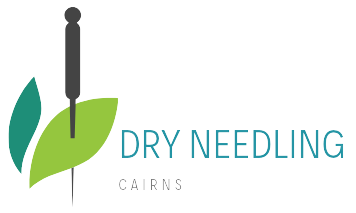Dry needling is a type of physical therapy that involves the use of thin, solid filiform needles to stimulate specific points on the body known as trigger points. This form of therapy has been used for various medical conditions, including musculoskeletal pain and dysfunction.
Features:
- Thin filiform needles: Dry needling utilizes thin filiform needles, which are different from hypodermic needles used for injections or blood draw.
- Targeted stimulation: The needles are inserted into specific trigger points on the body, which are areas of tight muscle fibers that can cause pain and discomfort.
- Minimal discomfort: Dry needling is usually performed with minimal discomfort and can be performed quickly, often taking only a few minutes.
- Non-invasive: Dry needling is a non-invasive procedure, which means there is no incision or surgical intervention involved.
Benefits:
- Relief from pain: Dry needling can help relieve pain caused by various medical conditions, such as chronic back pain, neck pain, and headaches.
- Improved mobility: Dry needling can also improve mobility and range of motion, as it helps to release tight muscle fibers and reduce muscle spasms.
- Reduced muscle tension: Dry needling can help reduce muscle tension, which can lead to improved posture and reduced risk of injury.
- Improved athletic performance: Dry needling has also been shown to improve athletic performance, as it can help increase flexibility and reduce muscle imbalances.
Medical Conditions:
- Muscle strains and sprains
- Tendinitis
- Tennis elbow
- Plantar fasciitis
- Migraines and headaches
- Low back pain
- Neck pain
- Shoulder pain
- Knee pain
It is important to note that dry needling is not recommended for everyone and should only be performed by trained and licensed healthcare professionals. Before undergoing dry needling, it is advisable to consult with a doctor to determine if it is an appropriate treatment option for your individual medical needs.
